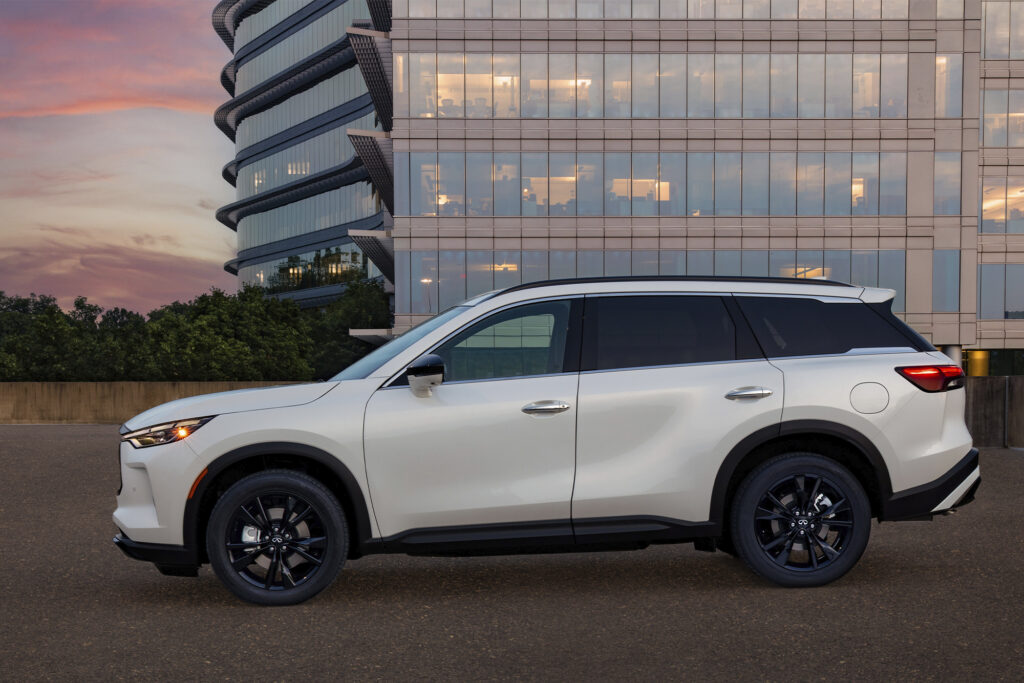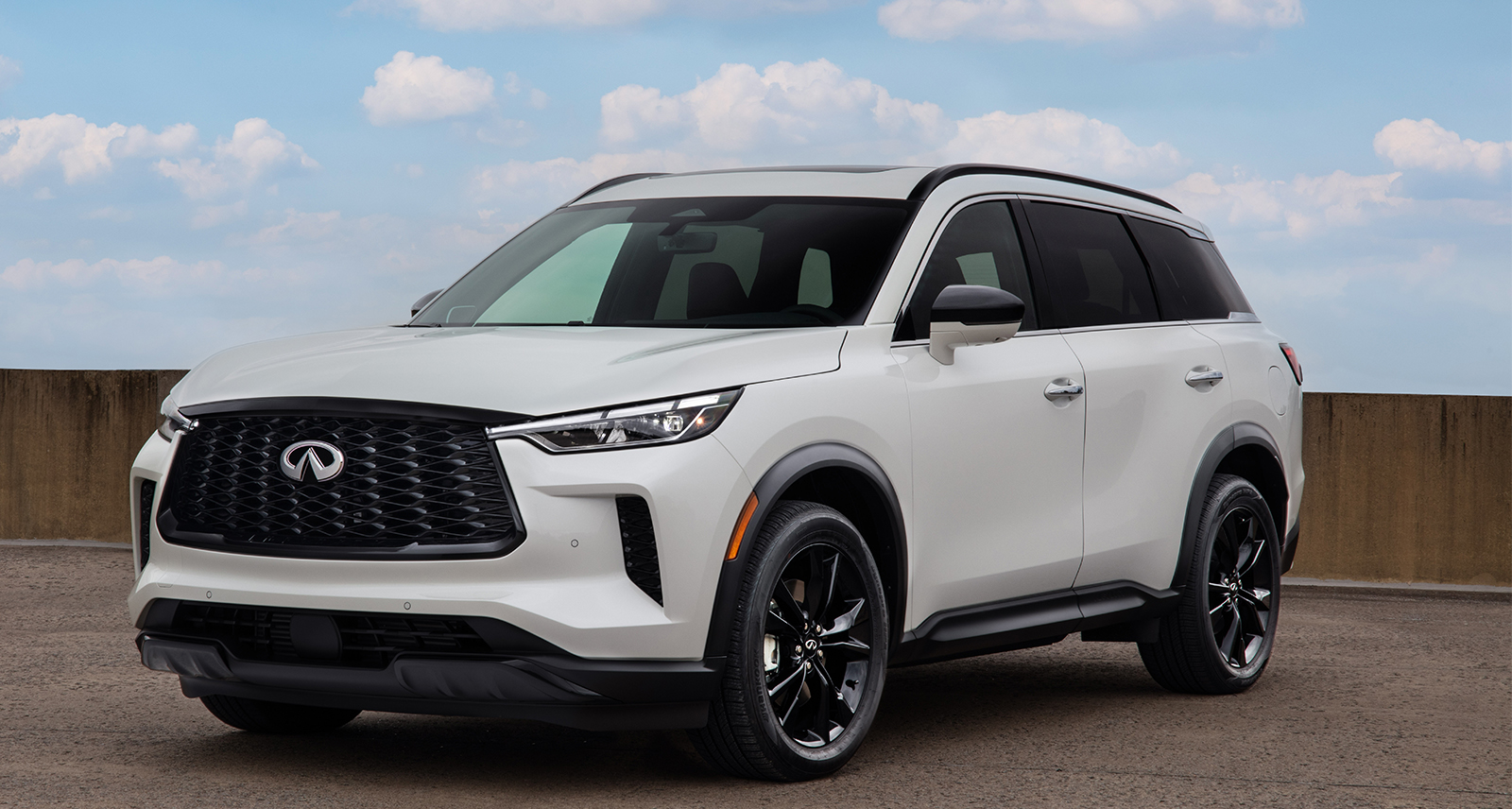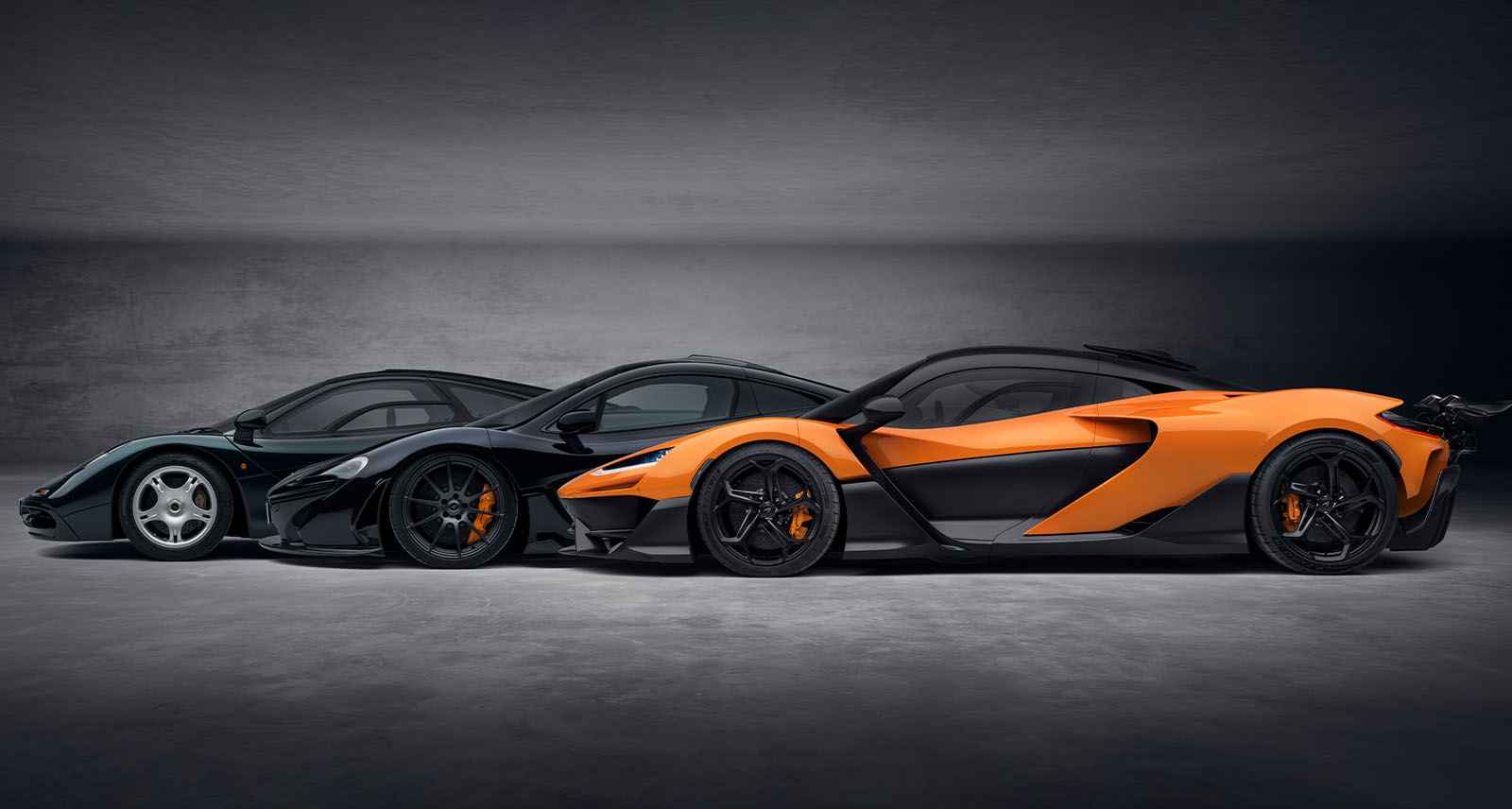Turbo Revolution: 2025 INFINITI QX60 Gets Groundbreaking VC-Turbo Engine
INFINITI x SHARP
Even before its big 2025 upgrade, the INFINITI QX60 has been a fan-favourite in the Japanese luxury brand’s lineup. The three-row SUV hits the sweet spot in the Venn-diagram between luxe and practical, family-friendly and quietly indulgent.
Not one to rest on its laurels, Infiniti has given the QX60 a heart transplant for 2025, upgrading the engine from the old V6 to the cutting-edge VC-Turbo unit. It’s one of the most advanced internal combustion engines ever created, offering improved performance and better fuel economy, all wrapped up in a package that’s lighter and more compact. In other words, the new VC-Turbo engine lets drivers have their cake and eat it too.




The burning question is how this new turbocharged mill stacks up against the old V6. Well, numbers speak for themselves. The new 2.0-litre VC-Turbo produces 16 lb-ft more torque than before for a total of 286 lb-ft, and prodigious power that peaks at 268 horsepower. Working in combination with a transmission oil-cooler the new engine allows the QX60 to tow heavier loads. (For all those keeping track at home, the standard tow rating is up to 6,000-pounds for 2025. But, as always, be sure to check the owner’s manual before hitching up a trailer.)
Given the winter we’ve just had, drivers will be glad to know all-wheel drive is standard on the QX60. Power goes down to all four wheels through a 9-speed automatic with paddle shifters. It’s worth noting that the steering-wheel mounted paddle shifters — which allow for quick and easy manual gearchanges — are fitted as standard. We’re not naming names here, but certain German luxury brands charge a hefty additional fee for paddle-shifters. If you ask us (or any other keen driver) paddle-shifters are a must-have. Winding up a tight mountain pass or tackling tough off-road trails, the added level of control makes all the difference.

INFINITI’s real coup with the 2025 QX60 was upgrading to an engine that’s both more torque rich and more fuel efficient. Where the old V6 was rated for 11.9 L/100 km in city driving and 9.3 on the highway, the new VC-Turbo does 10.9 city and 8.8 highway. On average, we’re talking about a seven per cent difference. It may not sound like much, but for the average family who crushes 15,000 km or more every year, the added efficiency translates into fewer trips to the gas station and more budget for the things you really want to do.
At this point you might reasonably be wondering: how? How does the VC-Turbo engine do it? Without getting too deep into the technical weeds, the “VC” in VC-Turbo stands for “variable compression” and that’s the key to this whole thing. It gives the engine the ability to change, on the fly, how much the piston squeezes the fuel-air mixture before it ignites. If you looked into the guts of the engine, you’d see an ingenious multi-link mechanism that sits between the piston and crankshaft. That linkage can seamlessly raise or lower the stroke of the piston as needed, depending on driver inputs and driving conditions. Typical engines are stuck with using only one compression ratio, which is a compromise. But the VC-Turbo can use compression ratios between 8:1 (historically found in more fuel-efficient engines) and 14:1 (typically used in diesels or ultra high-performance engines).



If it sounds complicated that’s because it is, but in practice the VC technology works so seamlessly drivers won’t even notice when the compression ratio changes. What drivers will notice, however, is the new engine delivering more torque and improved fuel efficiency. The 2025 INFINITI QX60 delivers environmental consciousness without compromise.
Learn more about the 2025 INFINITI QX60 here.











